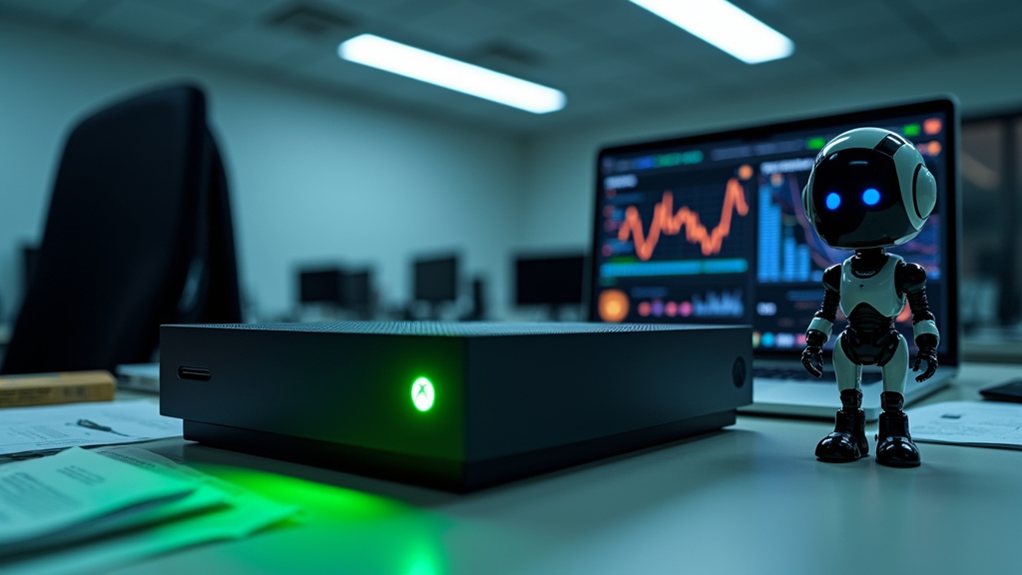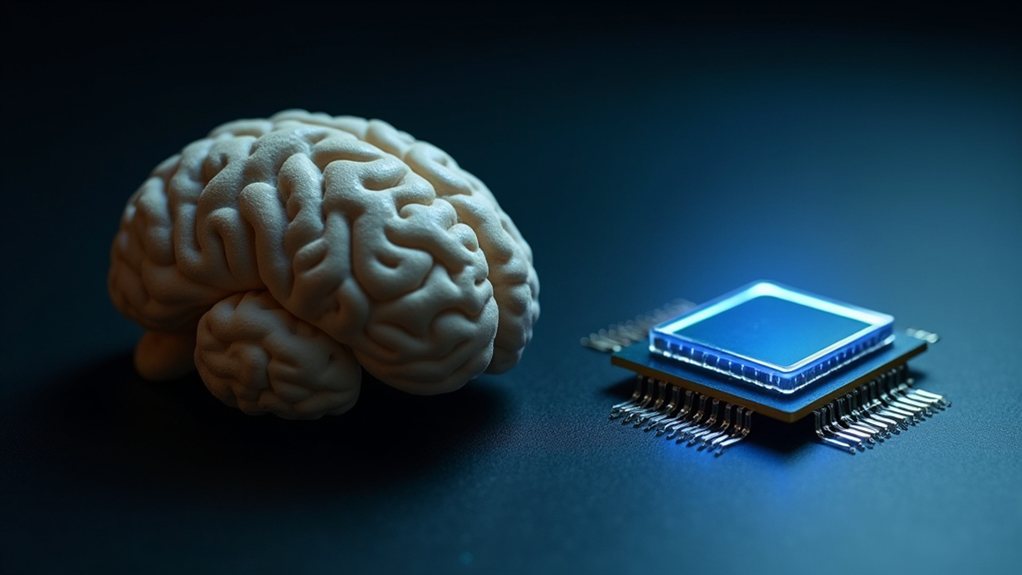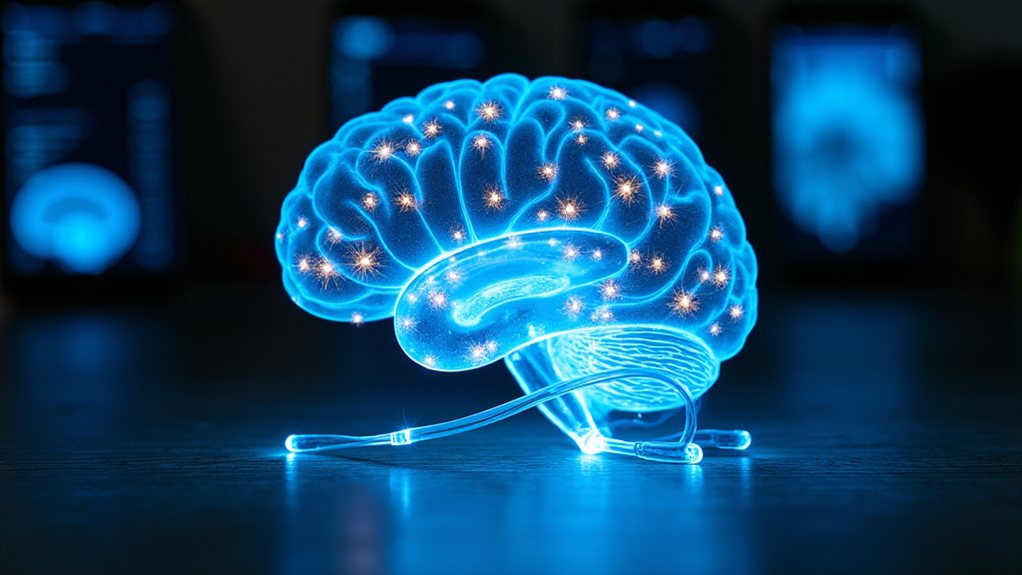Claude deliberately skips the image-generation game while competitors rush to create AI visuals, focusing instead on analyzing and understanding existing content. This strategic restraint stems from safety concerns about deepfakes, copyright violations, and algorithmic bias. Rather than making pictures, Claude excels at multimodal reasoning—thinking about text and images as a unified team. The approach transforms content creation and customer support through sophisticated analysis rather than generation. *This intentional limitation might actually be its secret weapon.*
Unlike your typical AI that treats text and images like distant cousins at a family reunion, Claude seamlessly blends visual and textual data into one cohesive understanding. This isn’t just tech-bro buzzword magic—it’s genuinely transforming how we approach everything from content creation to customer support.
Claude doesn’t just read text and look at images—it thinks about them together, like they’re actually supposed to work as a team.
But here’s the plot twist: Claude won’t generate images for you.
While competitors race to pump out AI-generated visuals faster than a Marvel movie factory, Claude’s creators took a different route. They deliberately limited direct image generation capabilities, and honestly? It’s probably the smartest move they could make.
The reasoning comes down to safety and strategy. Constitutional AI principles guide Claude’s development, prioritizing harm reduction over flashy features. Creating images opens Pandora’s box of potential misuse—deepfakes, copyright violations, and content that could make your grandmother clutch her pearls. This approach helps minimize algorithmic bias that could perpetuate discrimination in AI-generated visual content.
Instead, Claude focuses on what it does exceptionally well: *analyzing* images while creating text-based magic. Need feedback on visual content? Claude’s got you covered. Want help with storytelling that incorporates visual elements? Absolutely. But asking it to generate that perfect sunset for your blog post? You’re out of luck.
This approach actually makes Claude more versatile in practical applications. Educational institutions use it for accessibility features, creative professionals leverage it for content review, and researchers appreciate its ability to synthesize complex multimedia datasets without the ethical baggage of image generation. Beyond these use cases, Claude’s rapid data analysis capabilities allow it to process visual information and generate insights at remarkable speeds.
The API integrations and customization options mean businesses can embed Claude’s multimodal reasoning into their workflows without worrying about generated content liability. Claude’s long-context understanding supports processing up to 100K+ tokens, allowing for comprehensive analysis of complex visual and textual combinations. It’s like having a brilliant analyst who can see and understand everything but refuses to draw—frustrating for some, reassuring for others.
The bottom line? Claude’s multimodal capabilities prove that sometimes the most powerful AI move is knowing what *not* to do. In a world obsessed with AI-generated everything, Claude’s restraint might just be its superpower.






